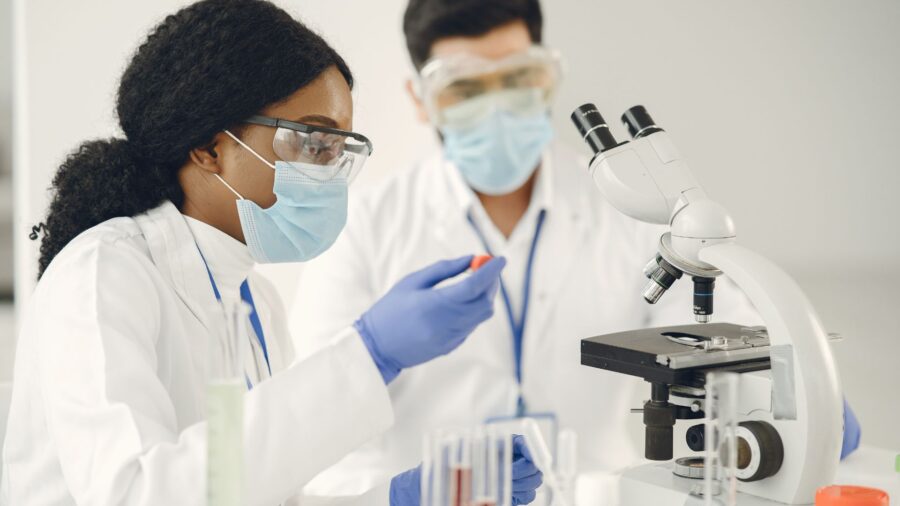Hidden World Thought To Be Impossible Uncovered

Sci Tech Daily reported that scientists from EPFL and the University of Manchester have achieved a breakthrough in nanofluidics which has allowed researchers to gain insights into the hidden world molecules within nanofluidic structures. The research leverages the fluorescent properties of the two-dimensional material boron nitride to illuminate and track the molecules, allowing us to better understand their behaviors.
Nanofluidics is the study of fluids confined to ultra-small spaces and helps us to understand liquid behavior on a nanometer scale. Unfortunately, these ultra-small spaces aren’t so easy to study with conventional microscopy techniques, so observing these molecules in real-time can be a bit tricky. This new solution of using boron nitride to illuminate the movements of these molecules will definitely help with studying this hidden world much more effectively and efficiently than we ever had before.
Using the fluorescence from the hexagonal surface of the boron nitride, the researchers can then find insights into molecular interactions and surface defects on the crystal.
Boron nitride is a two-dimensional material, similar to graphene, that has the ability to emit light when it makes contact with liquids. The scientists at EPFL’s Laboratory of Nanoscale Biology used this material to directly observe and trace individual molecules in the hidden world of nanofluidic structures. The implications of this technology are quite vast and will allow us to get a deeper understanding of how ions and molecules act in conditions that are similar to biological systems.

There are numerous other applications that explore the hidden world of nanofluidic structures will open up. According to the article, scientists will be able to directly image emerging nanofluidic systems and observe behaviors when they’re under pressure or exposed to voltage stimuli. Using the fluorescence from the hexagonal surface of the boron nitride, the researchers can then find insights into molecular interactions and surface defects on the crystal.
The potential uses of the discovery could be used to visualize nanoscale flows caused by pressure or electric fields in these hidden worlds.
The researchers were also able to find that when a surface defect turns off, the neighbor lights up and the reconstruction of entire molecular trajectories is enabled. This allows the scientists to use these emitters as nanoscale probes, allowing us to see the arrangement of molecules in confined nanometer spaces that would otherwise be hidden worlds to the conventional microscopy methods.
Meanwhile, Professor Radha Boya’s group at the University of Manchester was able to craft nanochannels from two-dimensional materials that allowed them to confine liquids near the boron nitride surface.
Through this research, the University of Manchester group was able to reveal liquid ordering induced by confinement in nanometer spaces. For now, the applications for this discovery are mostly passive sensing, but doctoral student Nathan Ronceray from LBEN detailed some potential uses that could be applied in the future. Specifically, the potential uses of the discovery could be used to visualize nanoscale flows caused by pressure or electric fields in these hidden worlds.
In short, this new optical imaging technology for hidden worlds like nanofluidic structures is something truly interesting and groundbreaking. It will be interesting to see how it is expanded on and applied in the future. In the meantime, stay tuned for more science news.












